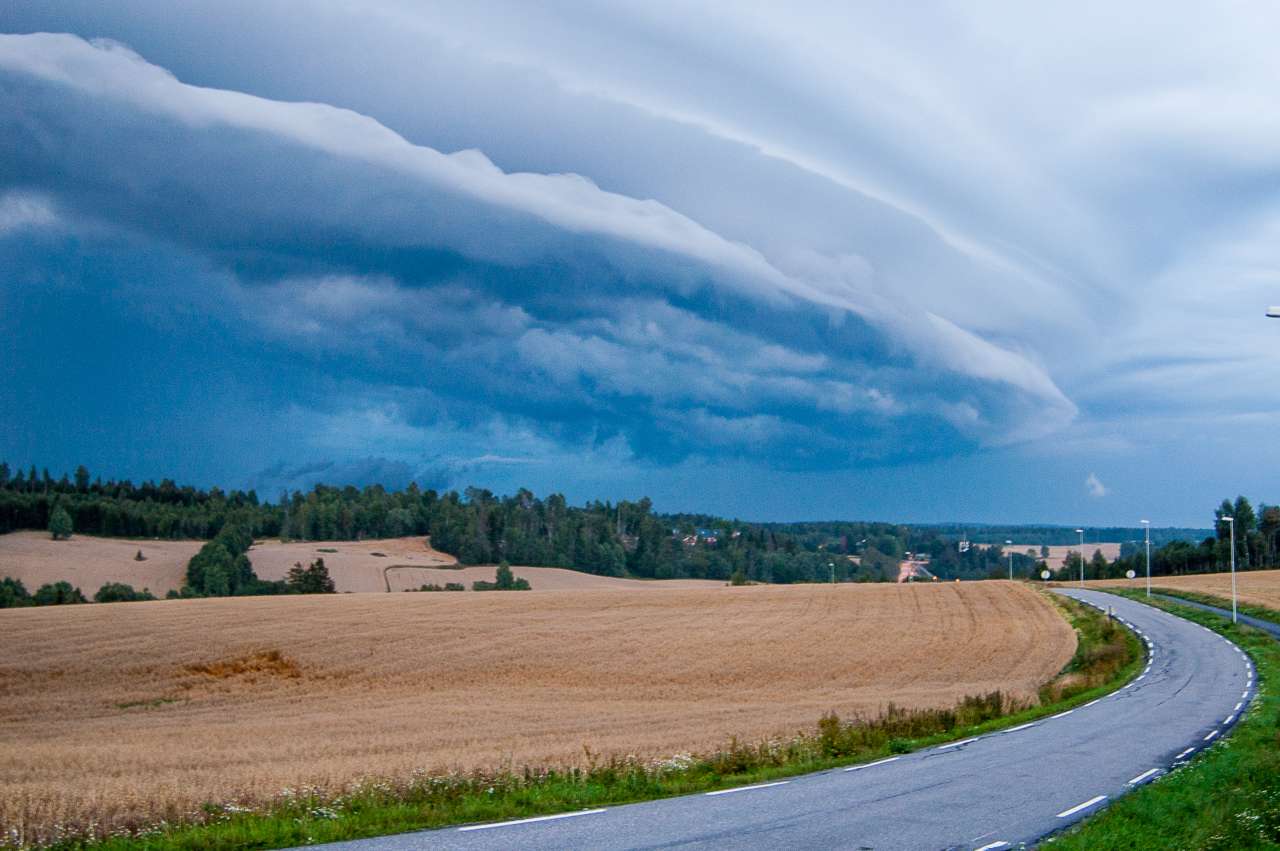Evaluation of agricultural climate measures

Photo: Erling Fløistad
As a basis for Climate Cure 2030, NIBIO evaluated four measures for reducing greenhouse gas emissions from the agricultural sector. These are cover crops, drainage, reduced food waste and changing from a diet based on meat to one based on vegetables and fish.
The report Cover crops as a climate measure in Norway evaluated which areas are suitable for cultivating cover crops, and the potential degree of implementation by 2030. It calculated the emission savings through carbon-binding in soil and reduced nitrous oxide emissions.
Gradually increasing the land area with cover crops to 20% of the potential land suitable for grain cultivation, could reduce CO2 equivalents by 0.44 million tonnes of CO2 in the period 2021–2030.
The report Drainage and Greenhouse Gas Emissions studied the effect of drainage on nitrous oxide emissions and profitability and evaluated the extent of area with drainage needs. Draining all the land assumed to be poorly drained would achieve an estimated reduction of 162,000 tonnes of CO2 equivalents by 2030, and a further 1 million tonnes of CO2 equivalents by 2080.
The report Socioeconomic analysis of halving food waste in accordance with the Industry Agreement on Reduction of Food Waste studied the measures that were used as a basis for the industry agreement.
The calculations show that halving food waste by 2030 would result in total emission reductions from Norwegian agriculture equivalent to 1.9 million tonnes of CO2 equivalents.
The main finding from the report Climate Cure 2030: transitioning from red meat to vegetables and fish shows that, in many cases, changing one's diet results in a negative cost per measure, and a total emission reduction potential of around 2–8 million tonnes of CO2 equivalents in the period 2021–2030. The report also looked into other, additional effects of the measure that could produce negative results.
Contacts

Contacts

